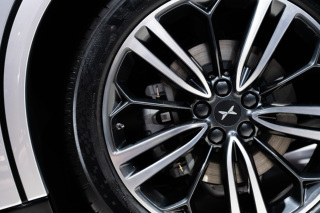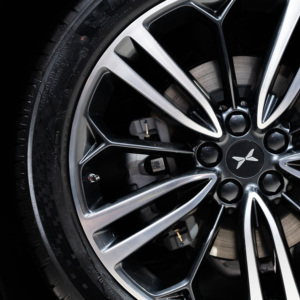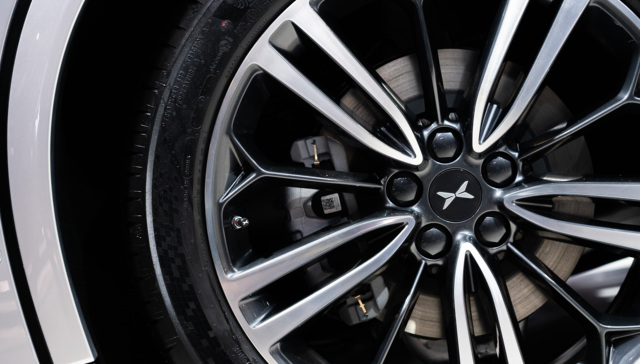By ZHOU Shuqi
Following Xpeng's post-listing performance on Nasdaq, Chairman HE Xiaopeng is wielding the axe. He has set an audacious target of reducing costs by 25 percent, with financial equilibrium set to be attained by 2025.
However, this uphill battle faces skepticism, given industry wisdom that automakers typically achieve a mere 5 percent reduction in costs. And what, exactly, is "equilibrium" in a marketplace characterized by mayhem after upheaval? If there is an equilibrium, it's a very delicate one.
If Xpeng is to maintain its lead in driving assistance systems, options to cut costs in sales and R&D are limited to juggling with the price of lithium carbonate for batteries and making strides in die-casting technology.
Lithium carbonate prices are at about a third of last year's level and are set to fall by about a quarter. That can translate into a 20 percent reduction in the cost of a vehicle.

Die-cast technology - the same architecture, powertrain and driving assistance system across brands and models - can slash the development cycle by 20 percent.
Additionally, collaboration with Volkswagen holds potential. The partnership's long-term impact on cost reduction and transformation into a technology provider bodes well for boosting market expectations.





